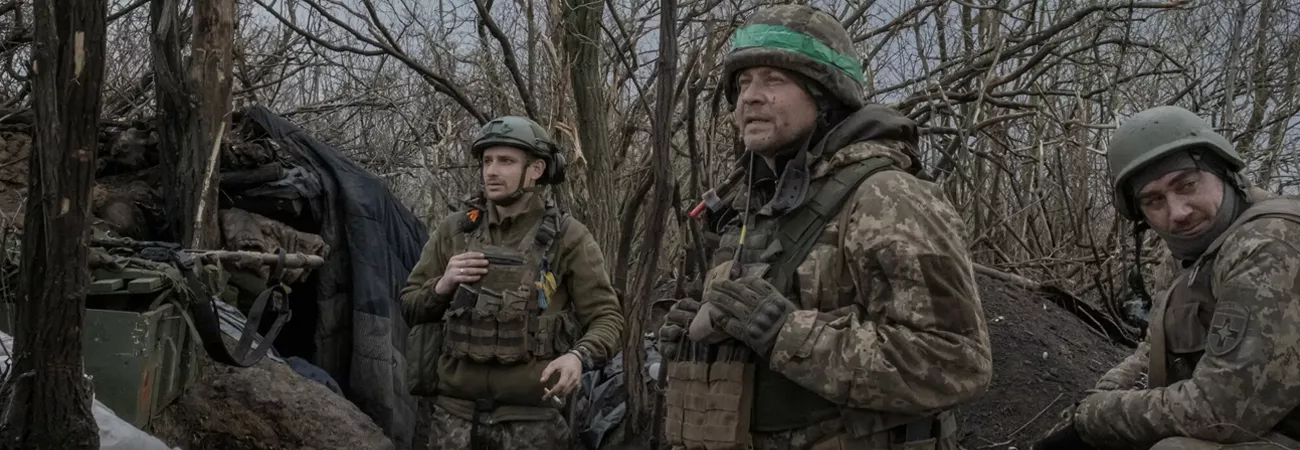i NEWS INTERNATIONAL
It’s been less than a week since news of highly classified military documents on the Ukraine war surfaced, sending the Pentagon into full-speed damage control to assure allies and assess the scope of the leak. The information on scores of slides has publicized potential vulnerabilities in Ukraine’s air defense capabilities and exposed private assessments by allies on an array of intelligence matters, raising questions about whether the leak will erode allies’ trust in sharing information with the US or impact Ukraine’s plans to intensify the fight against Russia this spring. Overall, the leaked documents present a “very serious risk to national security,” a top Pentagon spokesman told reporters Monday.
This is a look at what the documents are, what is known about how they surfaced, and their potential impact. What are they? The classified documents – which have not been individually authenticated by US officials – range from briefing slides mapping out Ukrainian military positions to assessments of international support for Ukraine and other sensitive topics, including under what circumstances Russian President Vladimir Putin might use nuclear weapons. There’s no clear answer on how many documents were leaked. The Associated Press has viewed approximately 50 documents; some estimates put the total number in the hundreds.
Where did they come from? No one knows for sure, not even the Pentagon chief. “They were somewhere in the web, and where exactly, and who had access at that point, we don’t know. We simply don’t know,” Defense Secretary Lloyd Austin said at a press conference Tuesday. “We will continue to investigate and turn over every rock until we find the source of this and the extent of it.” It’s possible the leak may have started on a site called Discord. Discord is a social media platform popular with people playing online games. The Discord site hosts real-time voice, video and text chats for groups and describes itself as a place “where you can belong to a school club, a gaming group, or a worldwide art community.”
In one of those forums, originally created to talk about a range of topics, members would debate the war in Ukraine. According to one member of the chat, an unidentified poster shared documents that the poster claimed were classified, first typing them out with the poster’s own thoughts, then, as of a few months ago, uploading images of folded papers. The person who said he was a member of the forum told that another person, identified online only as “Lucca,” shared the documents in a different Discord chat. From there, they appear to have been spread until they were picked up by the media. Many details of the story can’t be immediately verified.
And top US officials acknowledge publicly that they’re still trying to find answers. What’s been revealed? The leaks have highlighted how closely the US monitors how its allies and friends interact with Russia and China. Officials in several countries have denied or rejected allegations from the leaked records. It has been reported on US intelligence picking up claims from Russian operatives that they were building a closer relationship with the United Arab Emirates, the oil-rich Middle Eastern nation that hosts important American military installations. The UAE rejected the allegations, calling them “categorically false.” The Washington Post reported Monday that Egypt’s president ordered subordinates to secretly prepare to ship up to 40,000 rockets to Russia as it wages war in Ukraine.
A spokesman for the Egyptian foreign ministry said Egypt was maintaining “noninvolvement in this crisis and committing to maintain equal distance with both sides.” Other leaks have concerned allegations that South Korean leaders were hesitant to ship artillery shells to Ukraine and that Israel’s Mossad spy service opposed Prime Minister Benjamin Netanyahu’s proposed overhaul of the judiciary. Funded at $90 billion annually, the US intelligence agencies have sweeping powers to tap electronic communications, run spies and monitor with satellites. The results of those powers are rarely seen in public, even in limited form.
Credit : Independent News Pakistan-INP









